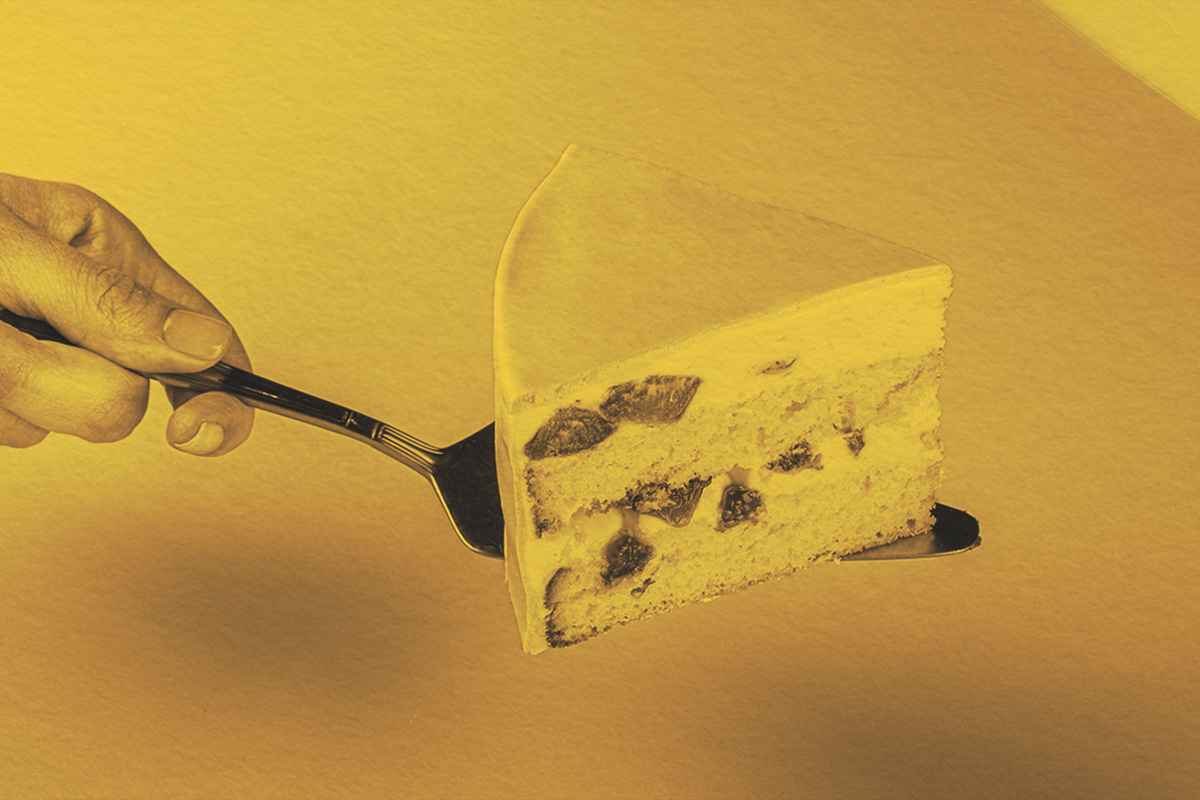
The phrase “the proof is in the pudding” might conjure images of Sherlock Holmes or Hercule Poirot digging through their desserts in search of evidence. But like most idioms, this oddly appetizing expression doesn’t match up to the meaning of the individual words. In fact, it sounds absurd when taken at face value. Let’s grab a spoon and dig into this confusing yet enduring saying.
The idiom is used to suggest that the value or quality of something can be judged only by firsthand experience, not by guesses or theories. Someone might say, “This new mattress claims to be the best, but the proof is in the pudding — we’ll see if I actually sleep better.” They’re not talking about a bedtime snack; they’re talking about outcomes. The real test lies in personal experience — “the pudding.” But why pudding?
As is often the case with English idioms, the modern version is a shortened version of an older phrase: “The proof of the pudding is in the eating.” The Oxford English Dictionary’s earliest record of this expression comes from 1605. This version makes much more sense — you won’t know if pudding is any good until you try it.
The expression originated in the United Kingdom, where “pudding” can refer to savory, meat-based dishes. Traditional puddings are sausages made from meat, pork blood, fat, and cereal. The phrase “the proof of the pudding is in the eating” developed from the act of biting into a sausage to see if it was spoiled. Food safety in the 17th century wasn’t what it is today. Someone couldn’t tell by looking whether a sausage was safe, so the “proof,” or “test,” was in the eating.
Today, “proof” is used synonymously with “evidence” (rather than “test”) in this idiom. This change occurred around the time the phrase was shortened during the early 20th century. But perhaps the most surprising aspect of this idiom — at least, for American English speakers — is that it has nothing to do with a creamy dessert. And that, readers, is how the linguistic sausage is made.

















